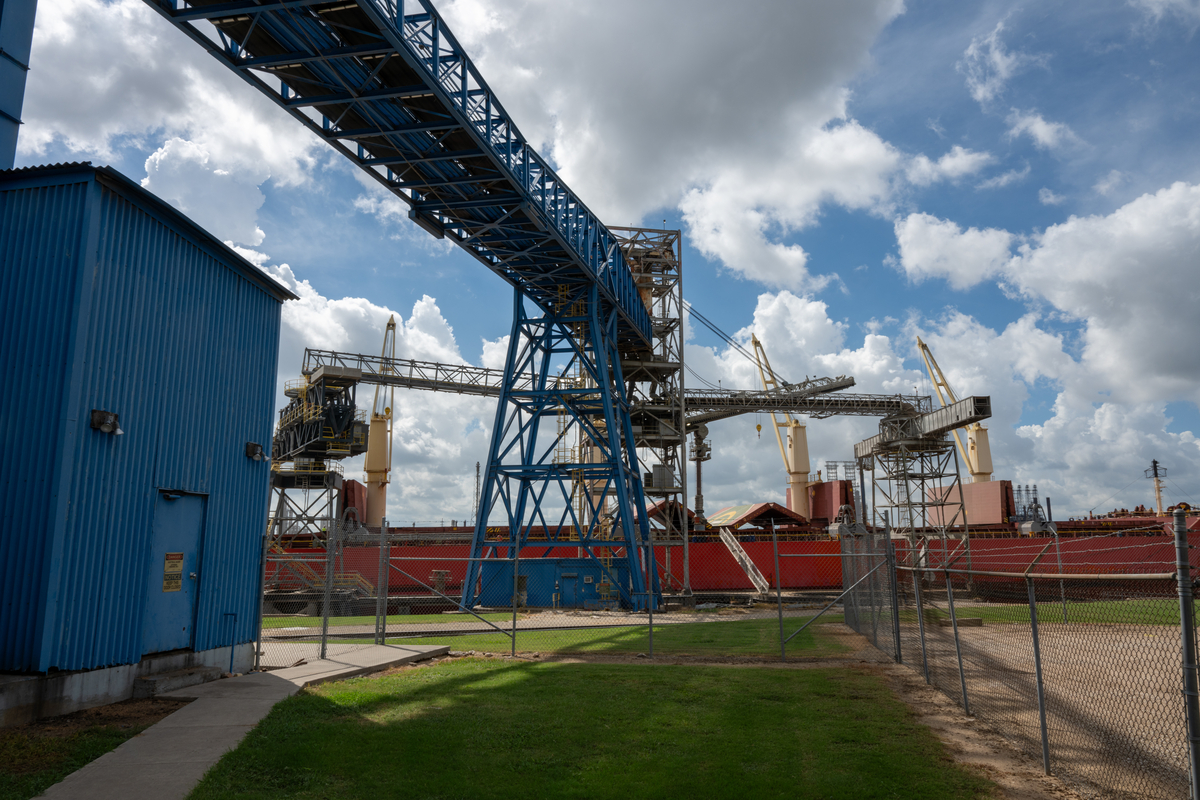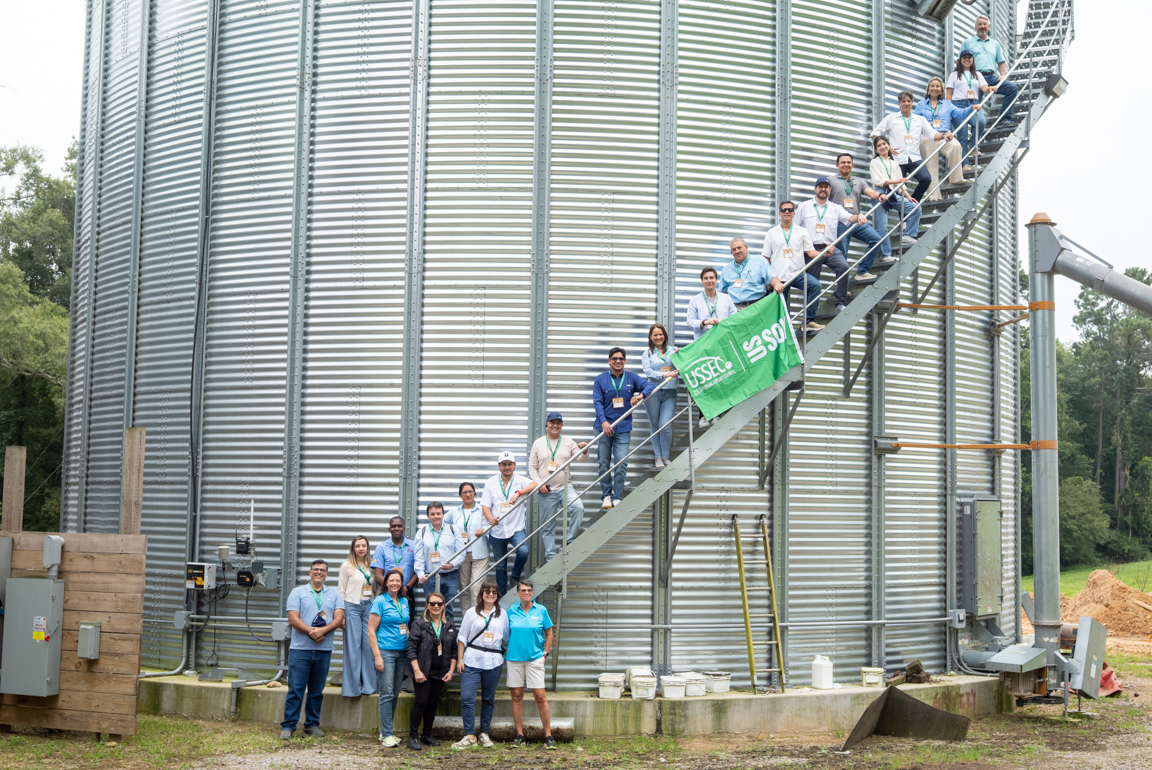A New Take on Sustainable Soy

Produced using the same best practices as commodity soybeans, high oleic is a demand driver
Even as an early adopter of high oleic soybeans, Indiana farmer Mike Beard has been growing these enhanced varieties for only a short time. As someone who’s been farming for five decades, however, Beard has been using sustainable best practices for much longer.
Beard grows high oleic varieties to meet a need from the food industry for high-performing soybean oil. But he’s also meeting a need from many of the same companies for ingredients that were produced in a sustainable manner. As more soy end users make sustainability a priority, Beard says all soybean farmers should think about meeting those needs.
“I believe that we have to look closer at our sustainability,” says Beard. “We need to be able to prove our claims because the marketplace wants to know.”
While some of those end users might have different definitions of sustainability, the U.S. Soybean Sustainability Assurance Protocol (SSAP) shows them the sustainable practices most farmers already use. The SSAP, developed by the U.S. soy family, is based on requirements in national conservation programs.
“As long as I can meet their definition of sustainability, I can maintain my market,” says Beard. “Without resources, I don’t have profitability. And without a customer, I won’t have profitability either.”
In his third season of planting high oleic soybeans, Beard says his crop looks great so far. However, his sustainability practices look even better. He works hard to improve his resources every day so future generations can continue to make a living off of the land.
“You don’t want to destroy the biggest resources you need to produce a crop,” he says.
Beard has a hefty list of practices he uses to manage resources, including grass waterways and filter strips, precision technology on his machinery and even drones. But there are two practices that really stand out.
“Monitoring the soil condition is number one because if you don’t have a way to measure, you won’t be able to monitor your practices over time,” says Beard. “Number two is improving characteristics of the soil by using cover crops and crop rotation and by reducing tillage.”
But he’s not done. Beard also participates in the U.S. Department of Agriculture’s Conservation Stewardship Program and on his county’s Soil and Water Conservation District Board of Supervisors. He says these are very good programs that recognize the concerns about resource conservation.
Beard is quick to point out the sustainability benefits of high oleic soybean oil. First, farmers grow the soybeans using all the same production practices they use on commodity beans. Additionally, it’s produced right here in the United States.
“We’re giving customers what they’re asking for while allowing the potential for better profits for farmers,” adds Beard.



